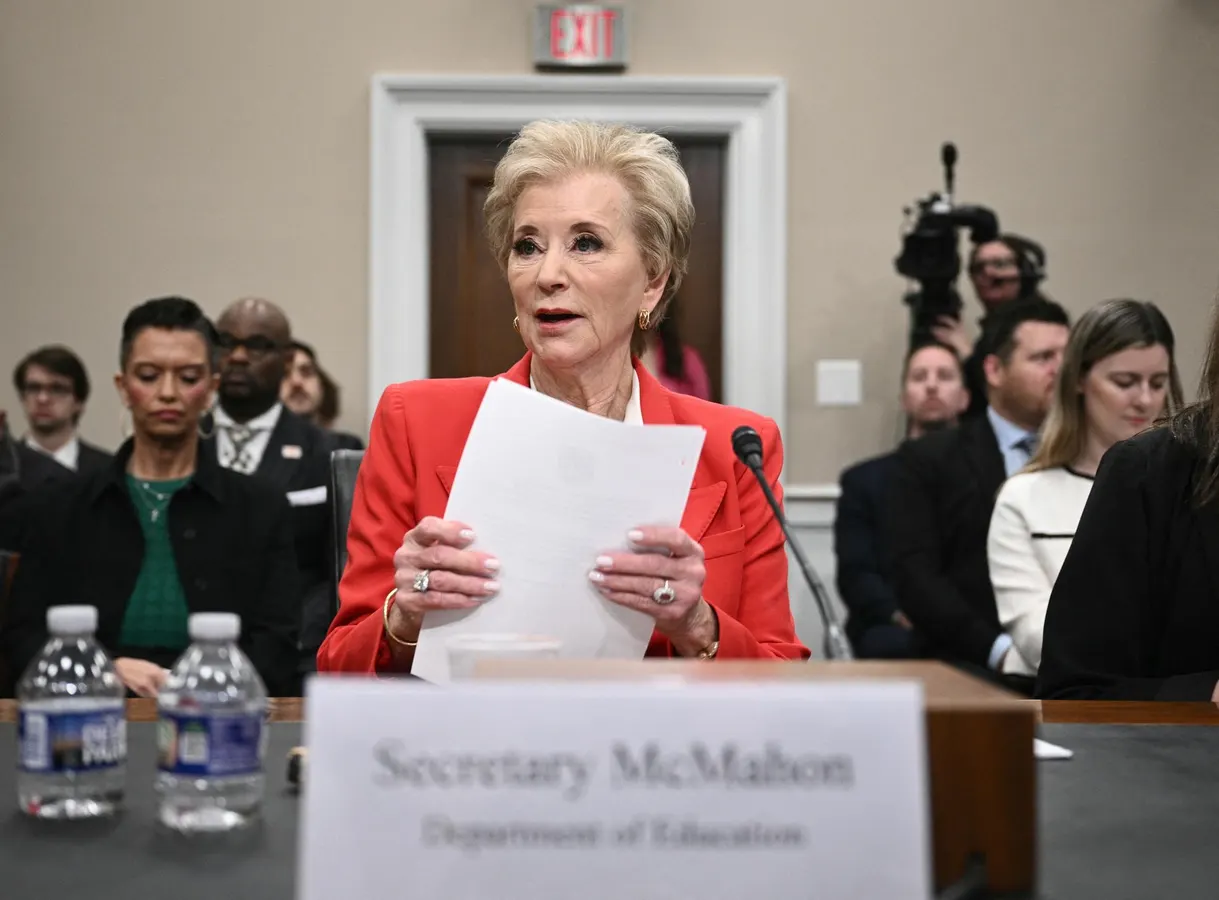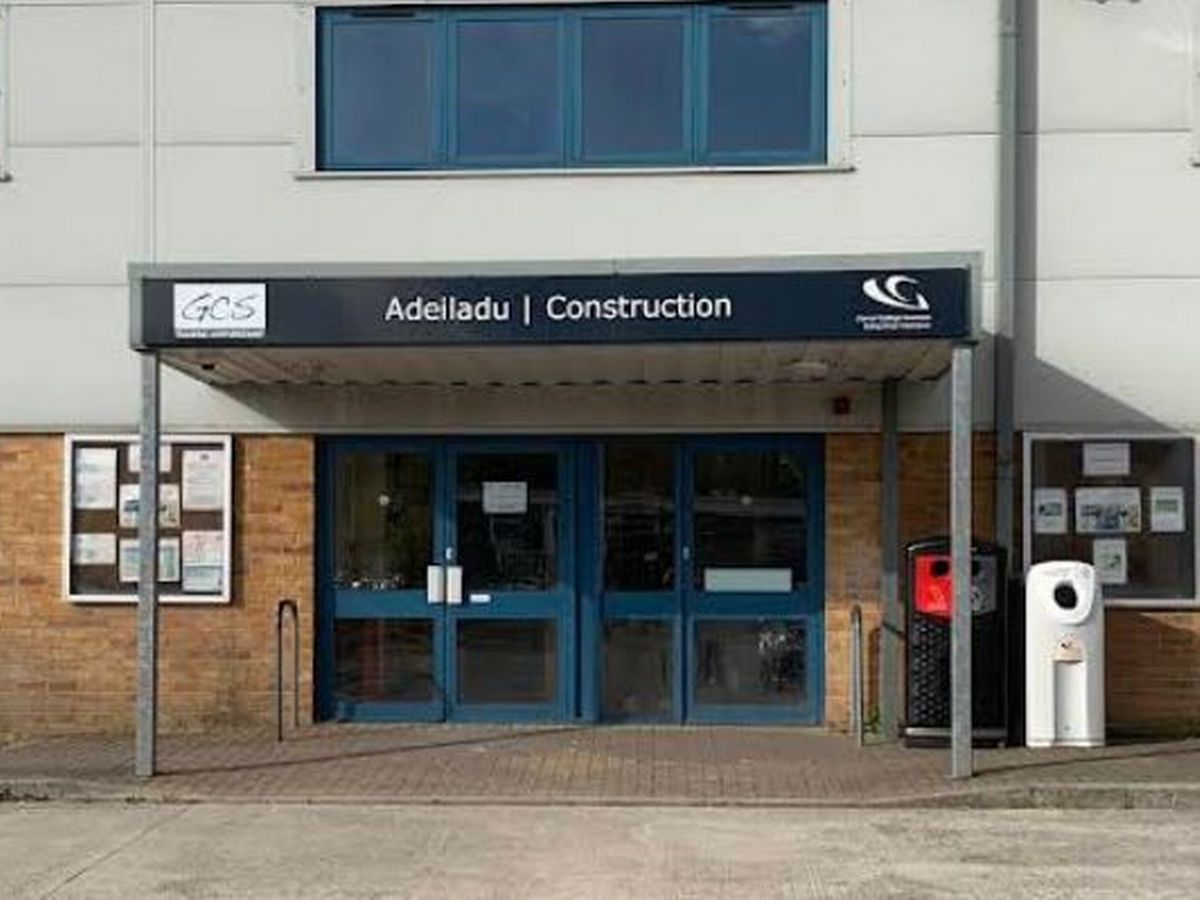By Brendan Smialowski,Robert Farrington,Senior Contributor
Copyright forbes

US Secretary of Education Linda McMahon prepares to testify before a House Subcommittee on Labor, Health and Human Services, Education, and Related Agencies hearing on the budget for the Department of Education, on Capitol Hill in Washington, DC on May 21, 2025. (Photo by Brendan SMIALOWSKI / AFP) (Photo by BRENDAN SMIALOWSKI/AFP via Getty Images)
AFP via Getty Images
The Department of Education posted their latest status report on the income-driven repayment plan backlog, and it appears to be a bit of positive news for those looking to change their repayment plan.
The Department reported processing 305,641 Income-Driven Repayment Plan (IDR) applications in August 2025, the highest amount processed to-date this year. That volume marked the second straight month of improvements, continuing the momentum from July.
As a result, the IDR application backlog dropped from 1,386,406 to 1,076,266. That’s almost half the backlog from when reporting first started back in April (which had 1,985,726 waiting to be processed).
That reduction is significant, but the size of the backlog means that there are still many borrowers waiting for their IDR applications to be processed.
Borrowers applying to IDR are often doing so to lower their monthly payments, to position themselves for Public Service Loan Forgiveness (PSLF), or are looking for options to resume payments after the SAVE forbearance had interest resume.
MORE FOR YOU
Why Repayment Plan Application Delays Persist
IDR applications have been delayed since the Department of Education was bound by court orders relating to the SAVE student loan repayment plan. While the SAVE plan was paused, there were also issues relating to the IDR application and what was legally allowed. The Department of Education had to pause application processing to resolve these issues, and during that period a massive backlog of applications was created.
In response to a lawsuit brought by the American Federation of Teachers, the Department agreed to provide monthly status updates to help track how the Department and their loan servicers were working through the backlog.
While the agency has improved processing, the challenges continue. The Deparment of Education has reduced staffing, while simultaneously rolling out massive changes to student loan repayment.
With the SAVE plan blocked, and PAYE and ICR phasing out, borrowers are looking to change repayment plans to IBR at a higher pace than ever before.
Furthermore, a new repayment plan called the Repayment Assistance Plan (RAP) is set to debut in 2026, giving another option to borrowers but creating more changes.
The net result is that nearly 8 million borrowers (or nearly 20% of all student loan borrowers) will be changing repayment plans in the near future.
What To Expect In The Months Ahead
The Department of Education’s improvements in processing is encouraging, but it’s uncertain if that progress can be maintained. It’s also highly likely that some of the backlog can be attributed to cancelling outstanding SAVE plan applications, rather than actually improving the processing for those waiting.
However, processing over 300,000 applications in back-to-back months demonstrates that the loan servicers do have the capacity to handle a large amount of applications at once.
What Borrowers Should Do Now
For borrowers looking to change repayment plans, the uncertainty of IDR application processing can be overwhelming. If you’re looking to change repayment plans, such as to leave the SAVE plan, here are some tips we’re seeing based on actual experiences:
Know Your Options: Borrowers looking to switch plans need to understand their options. Many borrowers are looking to switch to IBR, but the partial financial hardship requirement has not been removed from the application. Borrowers who are being blocked from IBR due to this should wait until this is removed.
Check For Updates: Watch the StudentAid One Big Beautiful Bill Act update page for information on when the partial financial hardship will be removed.
Use The IRS Data Retrieval Tool: When filling out the IDR application, automatically link your data using the IRS Data Retrieval Tool. This will ensure that your data is processed automatically.
Confirm Access To Spouse Data: If you’re married, make sure you check the box that you have access to your spouse’s information.
Disconnect and Reconnect IRS Data If Needed: If you find that you cannot use the IRS Data Tool, exit the application, go into your loan recertification, disconnect the IRS data from your existing account, then reconnect when you file your new application. This can reset the sync between your account.
Filing A Paper Application Will Add Time: If you do have to manually upload paperwork, expect longer delays.
Final Thoughts
It appears that the Department of Education is making progress on IDR application requests. Many of the backlogged applications are not likely to be processed. If you’re still waiting in limbo for your application to be processed, and you haven’t submitted at new application since May 2025, it’s highly recommended that you do.
Furthermore, use the steps above to ensure that you new application is processed timely. We’re seeing processing times in the 3-7 day range for borrowers who follow the steps above. But we’re also seeing outliers of applications not being processed quickly as well.
Finally, if you don’t qualify for IBR yet due to the partial financial hardship requirement, the technology should be fixed in the coming weeks in order to begin processing these applications.
Editorial StandardsReprints & Permissions



